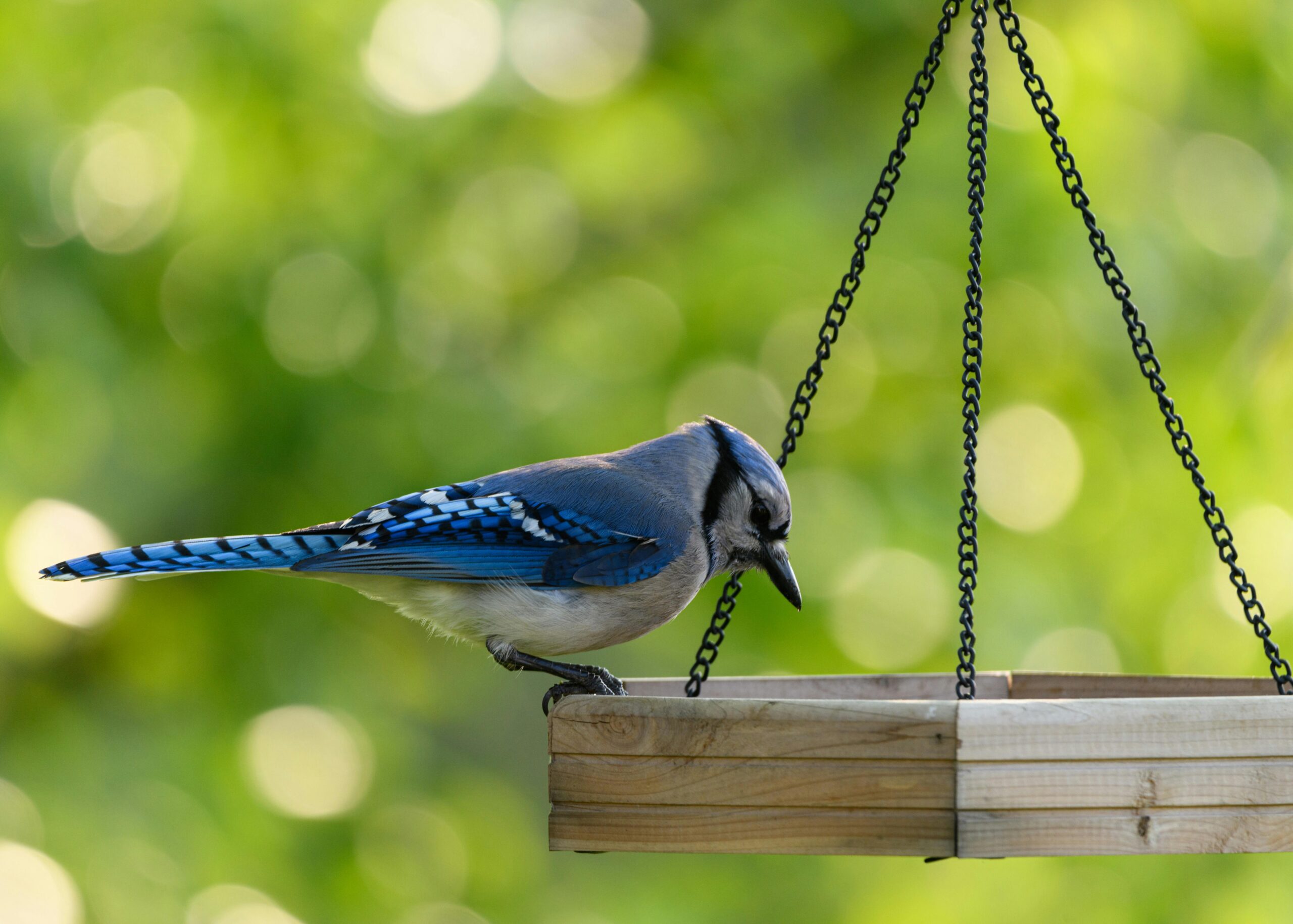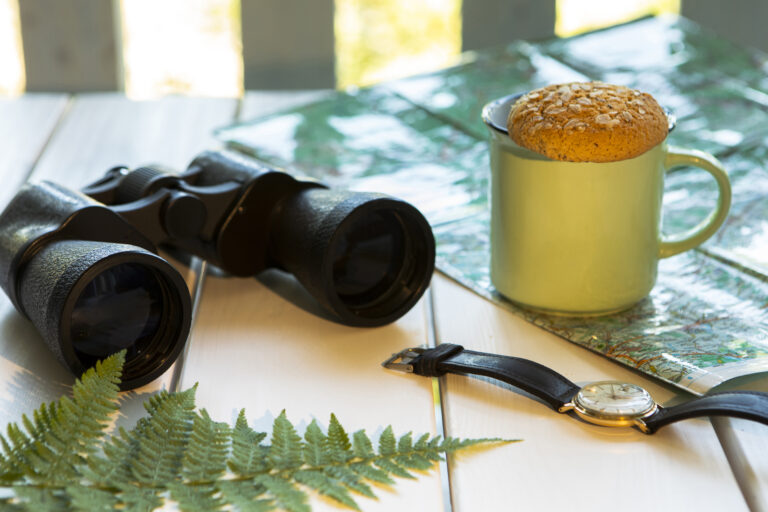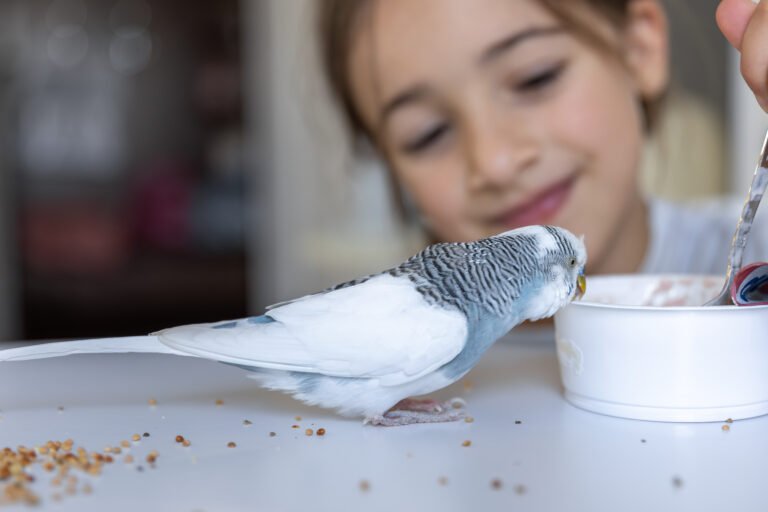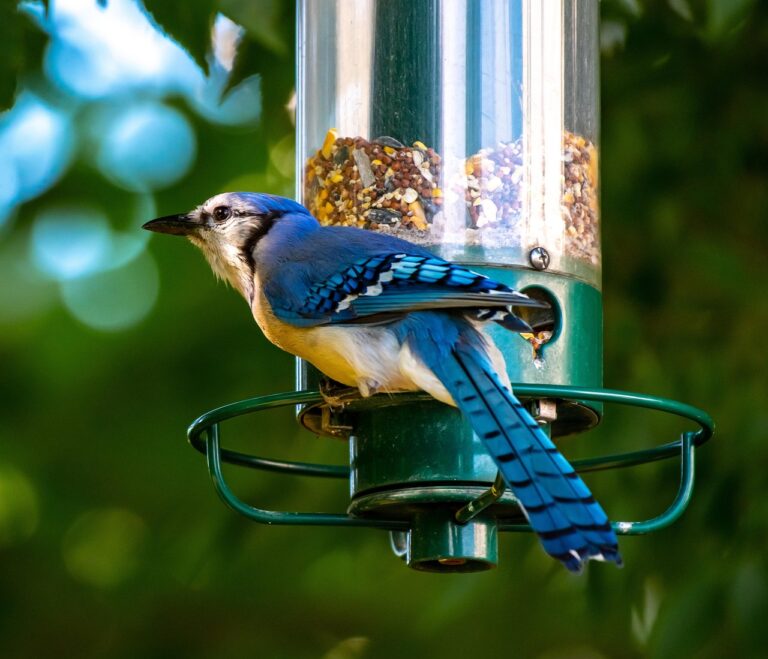The Best Binoculars for Bird Watching: A Comprehensive Guide
Birdwatching is more than just a hobby; it’s a passion that connects you with nature. Whether you’re a novice or a seasoned birder, having the right binoculars can transform your experience. With so many options available, how do you choose the perfect pair? In this guide, we’ll explore the best binoculars for birdwatching, recent trends in the market, and essential features to consider.
Why Binoculars Matter
Imagine standing quietly in a lush forest or a vibrant meadow. Suddenly, a flash of color darts by. You want to see it up close, to identify that rare bird. This is where binoculars come in. They bridge the gap between you and the beauty of nature. The right pair allows you to observe intricacies in feather patterns, behaviors, and more.

User Experience
Many birdwatchers share stories of their first pair of binoculars. For some, it’s a childhood memory of looking at birds flitting around the backyard. For others, it’s a recent purchase that opened up a new world. The joy of spotting a rare species or witnessing a bird in flight can be exhilarating. A good pair of binoculars enhances these moments, making them unforgettable.
Key Features to Look For
1. Magnification and Aperture
Magnification refers to how much larger an object appears through the binoculars. Most birders prefer 7x to 10x magnification. For beginners, an 8×42 model is often recommended. This offers a good balance of clarity and stability.
Aperture (the diameter of the objective lens) affects light-gathering ability. A larger aperture (e.g., 42mm) allows more light, resulting in brighter images. This is especially important during dawn or dusk when many birds are most active.
2. Field of View
The field of view is the width of the area you can see through the binoculars. A wider field of view makes it easier to track moving birds. Look for models that provide a good balance between magnification and field of view.
3. Eye Relief
Eye relief is crucial for those who wear glasses. It’s the distance from the eyepiece to your eye where you can still see the entire field of view. A longer eye relief (15mm or more) ensures comfort for eyeglass users.
4. Weight and Portability
If you plan to hike or travel, weight matters. Heavier binoculars can lead to fatigue. Lightweight models are easier to carry, especially during long birdwatching sessions.
5. Durability and Weather Resistance
Birdwatching often means being outdoors in various conditions. Look for binoculars that are waterproof and fog-proof. These features ensure your optics remain functional, even in challenging weather.
Recent Trends in Birdwatching
The birdwatching community has seen a surge in interest over the past few years. The COVID-19 pandemic played a significant role, as many people sought outdoor activities. As a result, more individuals turned to birdwatching, leading to increased demand for quality binoculars.
The Rise of Digital Tools
Recent advancements in technology have made birdwatching more accessible. Smartphone apps for bird identification, coupled with high-quality binoculars, enhance the experience. Many birders now combine traditional optics with digital tools to improve their skills and knowledge.
Top Picks for Birdwatching Binoculars
If you’ve ever tried to identify a fast-moving warbler in the treetops or track a hawk soaring at a distance, you know how much the right binoculars matter. As someone who’s spent early mornings quietly scanning the tree line, I can tell you sharp optics and a comfortable grip aren’t luxuries, they’re essentials. Whether you’re a seasoned birder chasing lifers or a curious beginner discovering the joy of spotting a cardinal in your backyard, a quality pair of binoculars can elevate the entire experience. But with so many models promising the best view, how do you choose?
1. Nikon Monarch 5 8×42
The Nikon Monarch 5 is a favorite among birders for its excellent optical performance. It offers a wide field of view and bright images, even in low light. The lightweight design makes it easy to carry on long hikes. Many users rave about its durability and comfort, making it perfect for all-day birdwatching.
2. Vortex Viper HD 8×42
Vortex is known for its high-quality optics, and the Viper HD is no exception. With exceptional clarity and color fidelity, these binoculars are designed for serious birders. Users appreciate the rugged build quality and lifetime warranty, providing peace of mind during outdoor adventures.
3. Leica Trinovid HD 10×42
For those willing to invest in premium optics, the Leica Trinovid HD stands out. It offers unparalleled image quality and brightness. Birdwatchers often describe their experience with these binoculars as transformative, allowing them to see details they’ve never noticed before. The solid construction ensures they can withstand the elements.
4. Celestron TrailSeeker 8×42
A budget-friendly option, the Celestron TrailSeeker delivers solid performance without breaking the bank. It features a wide field of view and good light-gathering capabilities. Many beginners find these binoculars to be an excellent entry point into birdwatching.
5. Swarovski EL 8.5×42
If you want the best of the best, the Swarovski EL is often regarded as the gold standard in birdwatching binoculars. They provide remarkable clarity and detail. Users report that these binoculars enhance their overall birdwatching experience, allowing for a deeper appreciation of nature.
FAQs About Birdwatching Binoculars
1. What magnification is best for beginners?
An 8x magnification is ideal for beginners. It provides a good balance of stability and clarity.
2. How do I clean my binoculars?
Use a soft lens cloth for the optics. For the body, a damp cloth with mild soap works well. Avoid harsh chemicals.
3. Are expensive binoculars worth it?
Higher-priced binoculars often offer better optics and durability. However, many affordable options perform well for casual birdwatching.
4. Can I use binoculars in low light?
Yes, binoculars with larger apertures (e.g., 42mm) perform better in low light. They gather more light, providing clearer images at dawn or dusk.
5. What should I look for in terms of warranty?
Choose binoculars with a solid warranty. Many reputable brands offer lifetime warranties, reflecting their confidence in product quality.

Conclusion
Choosing the right binoculars can elevate your birdwatching experience. Whether you’re observing in your backyard or exploring remote locations, the right pair enhances your connection to nature.
As you embark on this journey, remember to consider your needs, preferences, and budget. Whether you opt for a beginner-friendly model or invest in premium optics, the joy of birdwatching awaits. With the right binoculars in hand, you’re ready to explore the wonders of the avian world. Happy birding!







